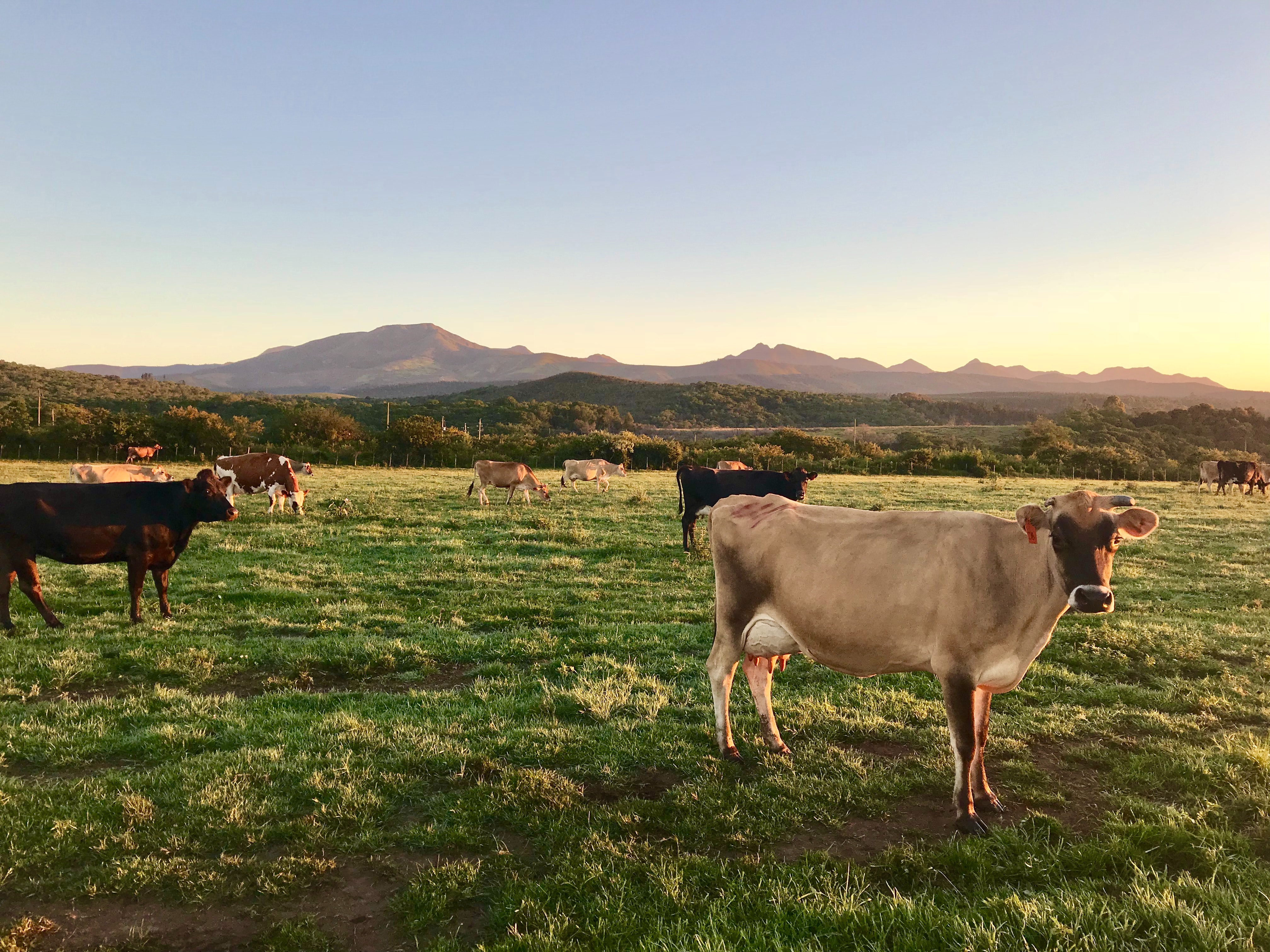¿Por qué en la moda se está hablando de la agricultura regenerativa?
Especial para Infobae de The New York Times.
A la moda, como a la política, le encantan las palabras que están en tendencia, en especial cuando se trata del medioambiente. ¡Sustentabilidad! ¡Circularidad! Son palabras que salen con facilidad. Y ahora hay un nuevo término favorito: regenerativo.
En enero, el grupo de lujo Kering, propietario de Gucci y Saint Laurent (entre otras marcas), se convirtió en cofundador del Fondo Regenerativo para la Naturaleza, cuyo objetivo es convertir un millón de hectáreas de tierra que producen materias primas para la moda y llevarlas de la agricultura habitual a la agricultura regenerativa en un promedio de cinco años.
En febrero, The New Zealand Merino Company anunció que se unía a Allbirds, Icebreaker y Smartwool para crear la primera plataforma dedicada a la lana regenerativa.
The North Face y Patagonia ya promocionan prendas hechas con algodón regenerativo. Y Secteur 6, una nueva marca indoestadounidense que solo utiliza materiales cultivados de manera regenerativa, como la seda de pétalos de rosa, se ha asociado con la marca de ropa urbana Freak City L.A. para producir una colección cápsula que incluye camisetas de grafiti de algodón regenerativo con el lema: “Regenerar o morir”.

